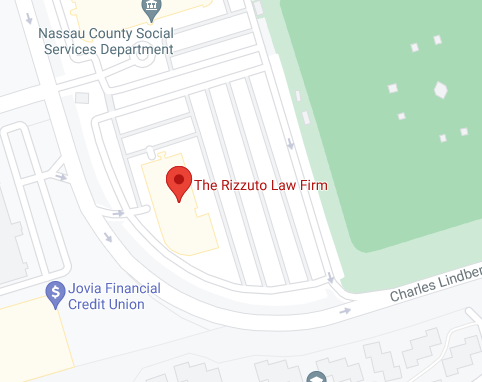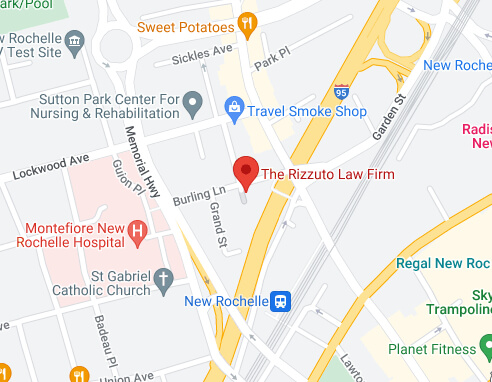How Can Injured Construction Workers Establish Negligence Following an Accident?
Construction zones are often fast-paced and hazardous workplaces. Federal and state labor laws, Occupational Safety and Health Administration (OSHA) standards, and company-specific workplace safety rules all exist to protect the well-being of the construction workers in these key jobs. Unfortunately, thousands of New York construction workers are injured yearly in accidents. Tragically, some of these accidents may leave victims permanently disabled or result in death.
While workers’ compensation laws usually shield employers from personal injury lawsuits, there are certain circumstances where it may be possible to take legal action after a construction accident. Typically, these cases involve third-party contractors, such as engineers or subcontractors, whose negligence resulted in injuries. New York’s workers’ compensation laws also allow employees with grave injuries to seek damages from a negligent third party. In these claims, the third party can add the victim’s employer as a second defendant in the lawsuit, so the worker is technically suing their employer as well.
If you or a loved one has suffered a construction accident, ensuring that you can recover full compensation from the liable parties is essential. The first step in any personal injury case is demonstrating the defendant’s negligence. If the defendant did not exercise a reasonably expected level of care toward the victim and their actions or omissions led to an accident that caused damages, then the defendant could be held liable for the victim’s losses. However, each element of negligence must be carefully presented and supported with solid evidence for the claim to be successful. An experienced New York construction accident attorney can help you navigate the complexities of tort law and assist you in gathering the relevant evidence for your case.
What Are the Elements of Negligence?
Personal injury cases, including construction accident claims, are founded on the concept of negligence. If a third party did not take the necessary precautions to prevent the accident, or worse, engaged in behavior that should have known would result in harm, they could be held responsible for damages. A personal injury attorney carefully and deliberately builds their case to demonstrate that the following four elements of negligence are present.
Duty of Care
The duty of care is the defendant’s legal responsibility to look out for the plaintiff’s well-being and prevent causing harm. Under New York’s labor laws, employers are required to provide adequate and reasonable protection for the health, safety, and lives of their employees and other individuals who may frequent the construction site. Property owners also have a duty to keep their property safe for visitors and individuals working there.
Breach of Duty
If a party acts in a way that unreasonably endangers an individual’s safety, they are breaching their duty of care to that person. Examples of a breach could include:
- Failing to adhere to safety standards and construction laws
- Using defective products
- Improperly maintaining equipment
- Not supplying necessary safety gear, such as harnesses or hard hats
Causation
The next element of negligence involves explaining how the defendant’s breach of duty directly led to the accident in question. For example, if a subcontractor removed the safety guard on a saw and the next person to use it suffered a severe cut, it could be posited that the subcontractor’s actions caused the injury. The court will also consider if the actions were the proximate cause of the accident. In other words, should the defendant have foreseen that their actions would potentially lead to harm? This consideration prevents parties from being held liable for freak accidents and random occurrences.
Proof of Damages
An accident without injuries or losses may be frightening but does not support a viable claim. The plaintiff must show that they experienced harm from the accident and suffered damages they wish to recover from the liable parties. Damages may be economic, such as medical bills or lost income, or non-economic, like pain and suffering. Presenting proof of expenses is a vital part of the case and bolsters your settlement demand.
What Types of Evidence Can Support a Construction Accident Claim?
The exact nature of the evidence required for your claim will vary based on the details of the accident. A lawyer can help you compile documents that corroborate your claim and support your allegations of the defendant’s negligence. Common examples include:
- Witness statements: Eyewitness accounts are valuable for establishing what occurred before and during the accident.
- Accident report: Be sure to file an accident report per your employer’s rules as soon as possible after the incident. Include as much detail as you can and request a copy for your records.
- Inspection and maintenance records: You or your legal team can ask for the maintenance or inspection logs for equipment, the worksite, safety gear, or other relevant items. These documents can provide proof of dangerous safety violations.
- Visual evidence: Promptly collect video and pictures of the accident site, surrounding area, and your injuries. Construction accidents are cleaned up quickly, and vital evidence can be lost without documentation.
- Medical records and expenses: Official documentation of your injuries can bolster your claim. These records also provide evidence of your damages and any ongoing treatment costs.
How Do New York’s Laws Underscore the Importance of Presenting Clear and Compelling Evidence of Negligence?
New York State follows a pure comparative negligence system. Under this system, a plaintiff may seek compensation for a personal injury as long as they were not 100% responsible for the accident. However, the plaintiff’s settlement will be reduced by the amount of liability assigned to them. By presenting robust evidence of the defendant’s negligence, plaintiffs can maximize their compensation by ensuring that a disproportionate amount of fault is not attributed to them.
How Can Our Law Firm Serve You?
New York construction accident claims are highly complex. The convoluted interplay between workers’ compensation and personal injury laws can make it challenging for injured victims and their families to reach a fair settlement. The Rizzuto Law Firm has extensive experience representing the interests of those hurt in construction accidents. We understand that this can be a stressful and frightening time, and we are here to provide guidance and fiercely protect your rights.
Our helpful team can evaluate your unique case and determine the best course of action. Contact our firm today at 516-604-5496 to schedule your free consultation and learn more about your legal options.









